Human resources are an organization’s most valuable asset in today’s fast-changing digital environment. As a result, cultivating a learning culture is critical for unlocking your workers’ actual potential and fueling their progress.
A dedication to continuous learning can assist individuals and organizations in developing new and improved procedures, solving challenges, and making organizational-wide changes. Regardless of your function in a company, a dedication to developing, collecting, and sharing knowledge may lead to organizational progress and make you a valued asset.
Continuously producing and acquiring ideas requires time and dedication, and they must be supported at the highest level to have the most effect. This essay will explain what a learning organization is, the five characteristics of a learning organization, and how you can help your firm become one.
PROVIDE CONTINUAL REASSURANCE AND KNOWLEDGE REFRESHERS
Above all, a learning company is built on continuous professional growth. Every team member must be provided the tools they need to overcome knowledge gaps and enhance their abilities. In turn, each employee must be devoted to the process and to continuous progress. The ancient adage that you may lead a horse to water but not make it drink applies here.
The idea is to give reinforcing tools and knowledge refreshers that your staff can access on their own. Rather than forcing people to engage in mandated training, which saps their drive. Conduct self-assessments to assist them in identifying gaps and encourage them to develop a personalized training plan that includes microlearning tools to increase information retention.
PROMOTE SELF-GUIDED AND MISTAKE-DRIVEN LEARNING
Individual learners, as well as the whole, must be respected. Training is much more than merely meeting group learning goals and being compliant. You should also promote self-directed inquiry so that workers may take measured risks and make errors. It is a natural element of the development process. This is true both within and outside of the online training environment. Simulations and other interactive materials, for example, may assist individuals in learning from their mistakes so that they do not repeat them on the job.
You must, however, encourage them to share ideas and thoughts with supervisors if they believe it would improve the organization. Encourage them, for example, to propose novel approaches to a task or a work-related difficulty.

MANAGEMENT ASSISTANCE
Managers must be involved in their employees’ learning. Managers are the most aware of their direct subordinates’ learning requirements and have the ability to influence their job performance. Managers may help staff improve by allocating time to identify workplace challenges and problems, implementing learning procedures, and performing post-training performance audits.
Managers may, for example, begin by actively listening to workers’ issues and training interests and then push them to define or plan their future routes. This phase should be carried out regularly throughout the year, not only at performance reviews.
Because training is only a vehicle for imparting information, the manager must provide chances for employees to use new abilities and behaviors at work. Being open to fresh ideas and recommendations on how to boost productivity or achieve better results necessitates a flexible mentality on the part of the manager.
ENCOURAGE AND REWARD EXPERTISE.
The workforce of today is more specialized than ever before. Your most competent sales, manufacturing, engineering, and design employees are not in management; they are performing their jobs. High-impact learning companies mobilize these specialists and implement programs to encourage and reward even higher levels of competence.
Such knowledge should be rewarded as well. Provide engineers to advance in their field; allow individuals time to study and enhance their own abilities, and advertise and support the achievement of specialists. Such initiatives communicate to the company that “expertise is important” and that “we are prepared to invest in your own talents.”
INNOVATIVE PROBLEM-SOLVING STRATEGY
Organizations can only survive in the future via innovation and transformation.
A learning business not only fosters innovation and empowers its people to think creatively but also inspires you to think beyond the box. Everyone, from senior executives to interns, thinks at the same level and is allowed to offer their out-of-the-box problem-solving ideas.
TAKEAWAY
There are several approaches to developing a learning company, and they all revolve around management. You will outperform your competitors and flourish in the face of massive market change if you create a culture that allows workers time to reflect, develop and share knowledge, remain connected to consumers, and learn from failures. Take a cue from organizations like Apple, IBM, and Google: invest in expertise and organizational learning; it will pay off handsomely.
Have any questions regarding the topic “Essentials of Building a Learning Organization?” Feel Free to comment down below.
Also Read: Organizational Culture Inventory
Also Read: Developing Human Potential in the Workplace



